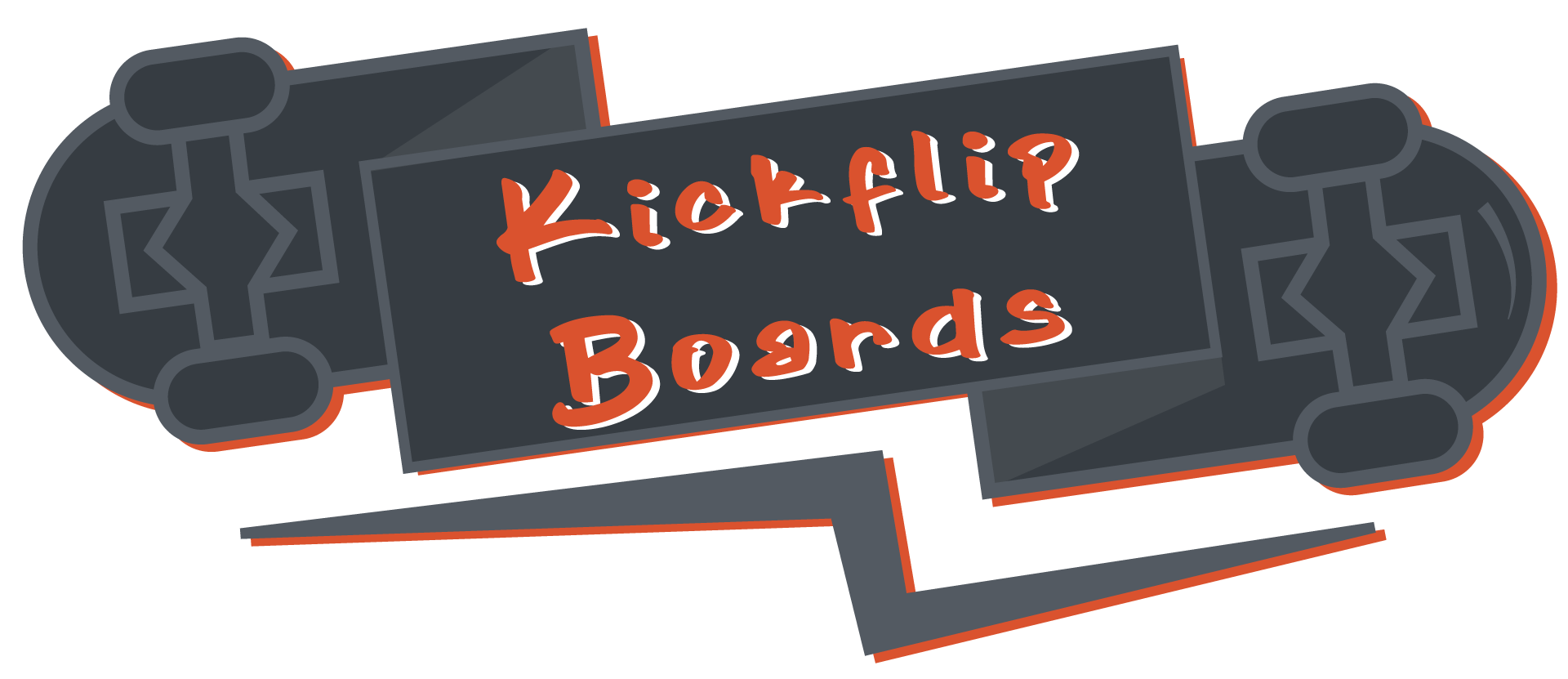Skateboarding is more than just a hobby—it’s a lifestyle that demands strength, agility, and precision. For those looking to elevate their game and achieve maximum performance, the right skateboarding workout routines are essential. Whether you’re a casual rider or a competitive athlete, optimizing your fitness can significantly improve your skills, prevent injuries, and enhance your overall experience on the board. This guide delves into the best exercises, training frequencies, and strategies to help you stay ahead of the pack while staying injury-free. From core-strengthening moves to cardiovascular training, we’ll explore everything you need to know to master the sport and push your limits.
Key Takeaways
– Weightlifting Improves Balance and Coordination: Strengthen your body with exercises like push-ups and squats to enhance stability and control for tricks.
– Builds Strength and Power: Increase muscle mass and endurance with routines that boost leg and core strength, enabling higher pops and longer rides.
– Enhances Reaction Time: Train with burpees and planks to sharpen your reflexes, crucial for adapting to terrain changes.
– Reduces Injury Risk: A strong body from weightlifting can better withstand falls and repetitive stress, minimizing injury risks.
– Effective Exercises Mimic Skateboarding Moves: Incorporate push-ups, burpees, squats, and planks into your routine for real-world application.
– Progressive Routine Boosts Performance: Aim for 2-3 weightlifting sessions weekly, progressively increasing intensity for sustained improvement.
– Stay Within Weight Limits: Ensure your board supports your weight; consult manufacturer guidelines for safety and stability.
– Consider Board Stability for Comfort: Heavier riders may prefer longboards for added stability and control.
– Address Physical Strain with Cross-Training: Combine skateboarding with activities like yoga and swimming to maintain overall fitness and reduce strain.
– Prioritize Safety Gear: Protect yourself with knee pads, helmets, and supportive shoes to minimize injury risks.
For comprehensive guides on skateboarding fitness and safety, explore Kickflip Boards.

Best Exercise for Skateboarding
Skateboarding requires a unique combination of strength, agility, and coordination. To excel in tricks and maneuvers, incorporating targeted exercises into your routine is essential. Here’s a structured approach to enhancing your skateboarding performance:
Overview
Skateboarding workouts should focus on building strength in key muscle groups while improving flexibility and balance. A well-rounded fitness plan will help you tackle technical moves with greater confidence and control.
Strength Training
- Pull-Ups : Enhances upper body strength and grip endurance.
- Push-Ups : Builds chest and tricep strength, crucial for manual pumping and popping tricks.
- Lunges : Improves leg power and stability, aiding in ollies and grind maneuvers.
Core Workouts
- Plank : Strengthens the core, essential for maintaining balance during tricks.
- Russian Twists : Targets the obliques and midsection, improving rotational power.
- Superman : Engages the lower back and glutes, boosting stability.
Balance & Coordination
- Single-Leg Balance Drills : Enhance footwork precision and stability.
- Ladder Drills : Improve quick directional changes and agility.
Flexibility
- Yoga or Static Stretching : Reduces muscle tension and improves movement fluidity.
Cross-Training Ideas
- Surfing : Builds endurance and reflexes, translating well to skateboarding.
- Mountain Biking : Enhances leg power and trail adaptability.
Nutrition Tips
A balanced diet rich in lean proteins, carbohydrates, and healthy fats supports recovery and performance. Hydration is also vital for physical stamina.
Recovery
- Cool Down Stretching : Prevents muscle soreness and promotes recovery.
- Sleep : Essential for tissue repair and mental sharpness.
By integrating these exercises and habits into your routine, you’ll notice improved performance and a greater enjoyment of skateboarding. Stay consistent, stay focused, and keep pushing your limits! Check out our skateboard workout guide for more detailed routines and equipment suggestions.
How Many Hours a Day Should I Practice Skateboarding?
To determine the optimal hours per day for skateboarding practice, consider the following structured approach:
- Consistency is Key : Practicing daily, even for 15 minutes, helps build muscle memory and improves skills steadily over time.
- Targeted Practice : Dedicate time to specific areas like foot placement, ollies, and trick execution to enhance progression effectively.
- Balanced Routine : Combine casual rides with focused sessions on techniques and tricks to develop a well-rounded skill set.
- Recovery and Rest : Incorporate rest days to prevent burnout and reduce the risk of injuries, ensuring sustained motivation and progress.
- Individual Goals : Adjust practice duration based on personal objectives—casual riders may find 15 minutes sufficient, while serious enthusiasts might need extended sessions.
- Stay Motivated : Set achievable goals, engage with the community, and vary routines to maintain enthusiasm and effectiveness in practice.
By balancing these elements, you can tailor your skateboarding practice to suit your goals and lifestyle, ensuring both fun and improvement.

Can Skateboarding Burn Belly Fat?
Skateboarding can contribute to overall fat loss as it is an aerobic activity that increases heart rate and calorie expenditure. However, whether it specifically targets belly fat depends on various factors, including individual metabolism, diet, and overall fitness level. Here’s a breakdown of how skateboarding may aid in fat loss:
- Aerobic Benefits: Skateboarding burns calories, which can support overall weight management. The more intense and frequent the sessions, the more calories are burned, potentially aiding in fat loss.
- Cardiovascular Health: Regular skateboarding can improve cardiovascular health, which is essential for fat burning. A stronger heart and circulatory system may enhance metabolic functions.
- Caloric Expenditure: The act of skating requires continuous movement, engaging multiple muscle groups, and can lead to significant caloric burn compared to sedentary activities.
- Diet and Routine: While skateboarding can help, it’s just one part of a broader approach to weight loss. A balanced diet, consistent exercise routine, and adequate sleep are equally important for achieving and maintaining a lean body composition.
For maximum effectiveness, consider combining skateboarding with other exercises like strength training and core workouts to target different muscle groups and enhance fat loss. Remember, consistency, diet, and overall healthy living are key to achieving your fitness goals.

Should Skateboarders Lift Weights?
Yes, skateboarders absolutely should consider lifting weights as part of their fitness regimen. While skateboarding itself is a great form of exercise, incorporating strength training can take your skills and physical performance to the next level.
Benefits of Weightlifting for Skateboarders
- Improved Balance and Coordination: Weightlifting helps develop stability and control, which are crucial for executing tricks and maintaining balance while skating.
- Increased Muscle Mass: Building strength can help skateboarders achieve greater power and endurance, particularly in their legs and core muscles.
- Better Reaction Time: Strength training enhances quick movements, which is essential for reacting swiftly to changes in terrain or obstacles.
- Reduced Injury Risk: A stronger body is less prone to injuries from falls or repetitive stress.
How to Start Lifting Weights
For skateboarders, the key is to focus on exercises that mimic the movements involved in skateboarding. Consider incorporating the following into your routine:
- Push-Ups: Great for building chest and tricep strength, essential for ollies and manual wheelies.
- Burpees: Enhances cardiovascular fitness and full-body strength, perfect for maintaining stamina during long sessions on the board.
- Squats: Essential for leg strength and flexibility, aiding in popping higher ollies and landing smoother.
- Planks: Strengthen your core, improving stability and control while riding.
Frequency and Progression
Skateboarders should aim to lift weights 2-3 times per week, focusing on progressive overload to continuously improve strength and muscle mass. Start with lighter weights and focus on proper form before increasing intensity.
Stay Consistent and Have Fun
Remember, the goal is to enhance your skateboarding experience, not to become a professional weightlifter overnight. Keep it fun and sustainable, and watch your skills improve both on and off the board!
For more tips and resources on strength training for skateboarders, visit our Kickflip Boards guide on board sports fitness.
What Weight is Too Heavy to Skateboard?
There isn’t a one-size-fits-all weight limit for skateboarding, as it varies depending on the board type and riding style. However, most longboards and electric skateboards are designed to support riders weighing between 250-300 lbs. Safety and comfort are crucial, so it’s essential to check the manufacturer’s weight recommendations for your specific board.
- Longboards and electric skateboards generally accommodate weights between 250-300 lbs.
- Check the manufacturer’s guidelines for precise weight limits based on your board model.
- Heavier riders may find traditional skateboards less stable, while longboards offer more stability.
- Consider your skill level and riding style when determining if a board can comfortably support your weight.
For optimal safety and performance, distribute your weight evenly and ensure the board’s design can handle your weight. Always refer to the manufacturer’s specifications for the safest riding experience.
Learn more about choosing the right skateboard setup .

Is Skateboarding Hard on the Body?
Skateboarding can be challenging on the body due to its nature as a high-impact sport. The combination of quick movements, jumps, and landings places significant stress on various body parts, particularly the knees, ankles, and lower back. Over time, repetitive impacts can lead to overuse injuries and long-term issues if proper precautions aren’t taken.
- Physical Strain: Skateboarding involves constant motion, balance, and coordination. The repetitive nature of ollies, grind sessions, and tricks can strain muscles, ligaments, and tendons, especially in the legs, hips, and shoulders.
- Common Injuries: Skaters are prone to injuries like ACL tears, shin splints, and stress fractures due to the frequent impact and rotational forces involved in maneuvers.
- Recovery Needs: Recovery is crucial. Muscles, tendons, and ligaments take time to heal, so adequate rest days and stretching routines are essential to prevent chronic injury risks.
- Safety Gear: Wearing protective gear such as knee pads, elbow pads, and helmets can significantly reduce the risk of serious injuries. Proper footwear with supportive structures is also recommended.
While skateboarding does pose challenges, many skaters find it manageable by incorporating cross-training, maintaining flexibility through stretching, and taking regular breaks between intense sessions. Consistent warm-up routines and strength training can further enhance resilience and performance.
Kickflip Boards encourages riders to enjoy the thrill of skateboarding while prioritizing safety and self-care. Check out our maintenance guide and safety equipment resources for more tips on protecting yourself while shredding.




0 Comments